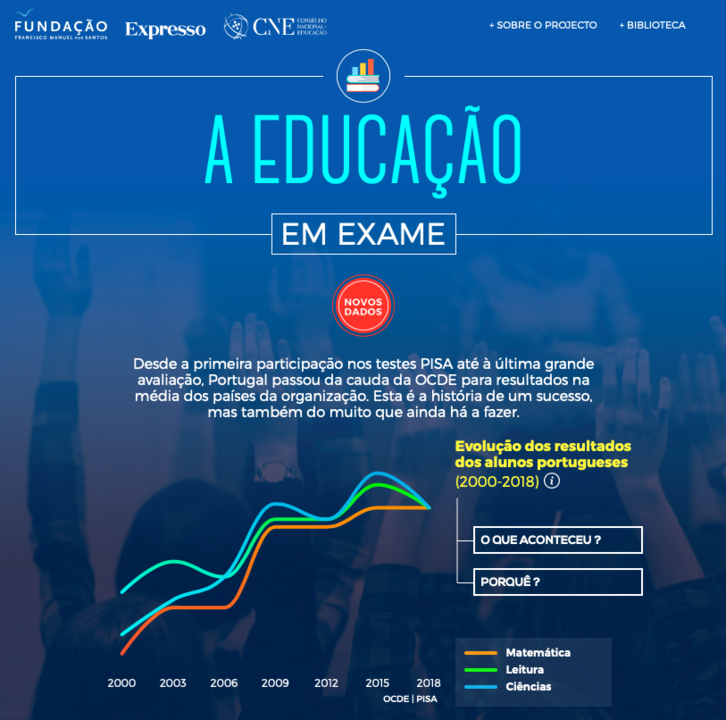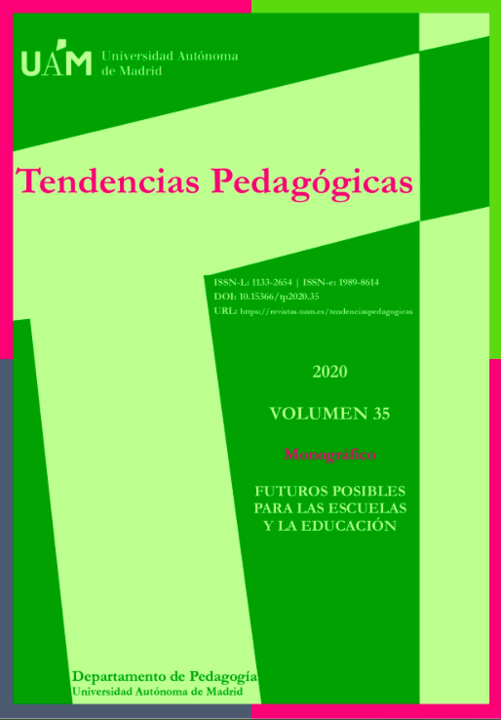https://www.nytimes.com/2018/10/26/style/digital-divide-screens-schools.html
The Digital Gap Between Rich and Poor Kids Is Not What We Expected
America’s
public schools are still promoting devices with screens — even offering
digital-only preschools. The rich are banning screens from class altogether.
CreditCreditPhoto
Illustration by Tracy Ma/The New York Times; Getty Images (student)
·
Oct. 26, 2018
The parents in Overland Park, Kan., were fed up.
They wanted their children off screens, but they needed strength in numbers.
First, because no one wants their kid to be the lone weird one without a phone.
And second, because taking the phone away from a middle schooler is actually
very, very tough.
“We start the meetings by saying, ‘This is hard,
we’re in a new frontier, but who is going to help us?’” said Krista Boan, who
is leading a Kansas City-based program called START, which stands for Stand
Together And Rethink Technology. “We can’t call our moms about this one.”
For the last six months, at night in school
libraries across Overland Park, a suburb of Kansas City, Mo., about 150 parents
have been meeting to talk about one thing: how to get their children off
screens.
It wasn’t long ago that the worry was that rich students
would have access to the internet earlier, gaining tech skills and creating a
digital divide. Schools ask students to do homework online, while only about two-thirds of people in the U.S. have broadband
internet service. But now, as Silicon Valley’s parents increasingly panic over
the impact screens have on their children and move toward screen-free
lifestyles, worries over a new digital divide are rising. It could happen that
the children of poorer and middle-class parents will be raised by screens,
while the children of Silicon Valley’s elite will be going back to wooden toys
and the luxury of human interaction.
This is already playing out. Throwback play-based preschools are trending in affluent
neighborhoods — but Utah has been rolling out a state-funded
online-only preschool, now serving around 10,000
children. Organizers announced that the screen-based preschool effort
would expand in 2019 with a federal grant to Wyoming, North Dakota, South
Dakota, Idaho and Montana.
Lower-income teenagers spend an
average of eight hours and seven minutes a day using screens for entertainment,
while higher income peers spend five hours and 42 minutes, according to
research by Common Sense Media, a nonprofit media watchdog. (This study counted each screen separately,
so a child texting on a phone and watching TV for one hour counted as two hours
of screens being used.) Two studies that look at race have found that white children are exposed
to screens significantly less than African-American and Hispanic children.
And parents say there is a growing technological
divide between public and private schools even in the same community. While the
private Waldorf School of the Peninsula, popular with Silicon Valley
executives, eschews most screens, the
nearby public Hillview Middle School advertises its 1:1 iPad
program.
The psychologist Richard Freed, who wrote a book
about the dangers of screen-time for children and how to connect them back to
real world experiences, divides his time between speaking before packed rooms
in Silicon Valley and his clinical practice with low-income families in the far
East Bay, where he is often the first one to tell parents that limiting
screen-time might help with attention and behavior issues.
“I go from speaking to a group in Palo Alto who
have read my book to Antioch, where I am the first person to mention any of
these risks,” Dr. Freed said.
Editors’ Picks
He worries especially about how the
psychologists who work for these companies make the tools phenomenally
addictive, as many are well-versed in
the field of
persuasive design (or how to influence human behavior through the screen). Examples:
YouTube next video autoplays; the slot machine-like pleasure of refreshing
Instagram for likes; Snapchat streaks.
“The digital divide was about access to
technology, and now that everyone has access, the new digital divide is
limiting access to technology,” said Chris Anderson, the former editor of Wired
magazine.
Technology Is a Huge Social
Experiment on Children
Some parents, pediatricians and teachers around
the country are pushing back.
“These companies lied to the schools, and
they’re lying to the parents,” said Natasha Burgert, a pediatrician in Kansas
City. “We’re all getting duped.”
“Our kids, my kids included, we are subjecting
them to one of the biggest social experiments we have seen in a long time,” she
said. “What happens to my daughter if she can’t communicate over dinner — how
is she going to find a spouse? How is she going to interview for a job?”
“I have families now that go teetotal,” Dr.
Burgert said. “They’re like, ‘That’s it, we’re done.’”
One of those families are the Brownsbergers, who
had long banned smartphones but recently also banned the internet-connected
television.
“We took it down, we took the TV off the wall,
and I canceled cable,” said Rachael Brownsberger, 34, the mother of 11-
and 8-year old boys. “As crazy as that sounds!”
More on the new digital divide
She and her husband, who runs a decorative
concrete company, keep their children away from cellphones but found that even
a little exposure to screen time changed the boys’ behavior. Her older son, who
has A.D.H.D., would get angry when the screen had to be turned off, she said,
which worried her.
His Christmas wish list was a Wii, a
PlayStation, a Nintendo, a MacBook Pro and an iPhone.
“And I told him, ‘Kiddo, you’re not gonna get
one of those things,’” Ms. Brownsberger said. “Yeah, I’m the mean mom.”
But one thing has made it easier: Others in what
she described as a rural neighborhood outside Kansas City are doing
the same thing.
“It takes a community to support this,” she
said. “Like I was just talking to my neighbor last night — ‘Am I the worst mom
ever?’”
Ms. Boan has three pilots running with about 40
parents in each, looking at best practices for getting kids off phones and
screens. Overland Park’s Chamber of Commerce is supporting the work, and the city
is working to incorporate elements of digital wellness into its new strategic
vision.
“The city
planner and the chamber of commerce said to us, ‘We’ve seen this
impact our city,’” Ms. Boan said. “We all want our kids to be independent,
self-regulated device users, but we have to equip them.”
The Privilege of Choices
In Silicon Valley, some feel anxious about the
growing class divide they see around screen-time.
Kirstin Stecher and her husband, who works as an
engineer at Facebook, are raising their kids almost completely screen-free.
“Is this coming from a place of information —
like, we know a lot about these screens,” she said. “Or is it coming from a
place of privilege, that we don’t need them as badly?”
“There’s a message out there that your child is
going to be crippled and in a different dimension if they’re not on the
screen,” said Pierre Laurent, a former Microsoft and Intel executive now on the
board of trustees at Silicon Valley’s Waldorf School. “That message doesn’t
play as well in this part of the world.”
“People in this region of the world understand
that the real thing is everything that’s happening around big data, AI, and
that is not something that you’re going to be particularly good at because you
have a cellphone in fourth grade,” Mr. Laurent said.
As those working to build products become more
wary, the business of getting screens in front of kids is booming. Apple and
Google compete ferociously to get
products into schools and target students at an early age, when brand loyalty
begins to form.
ADVERTISEMENT
Google published a case study of its work with the Hoover
City, Ala., school district, saying technology equips students “with skills of
the future.”
The company concluded that its own Chromebooks
and Google tools changed lives: “The district leaders believe in preparing
students for success by teaching them the skills, knowledge, and behaviors they
need to become responsible citizens in the global community.”
Dr. Freed, though, argues these tools are too
relied upon in schools for low-income children. And he sees the divide every
day as he meets tech-addicted children of middle and low-income families.
“For a lot of kids in Antioch, those schools
don’t have the resources for extracurricular activities, and their parents
can’t afford nannies,” Dr. Freed said. He said the knowledge gap around tech’s
danger is enormous.
Dr. Freed and 200 other psychologists petitioned the American Psychological Association in
August to formally condemn the work psychologists are doing with
persuasive design for tech platforms that are designed for children.
“Once it sinks its teeth into these kids, it’s
really hard,” Dr. Freed said.







